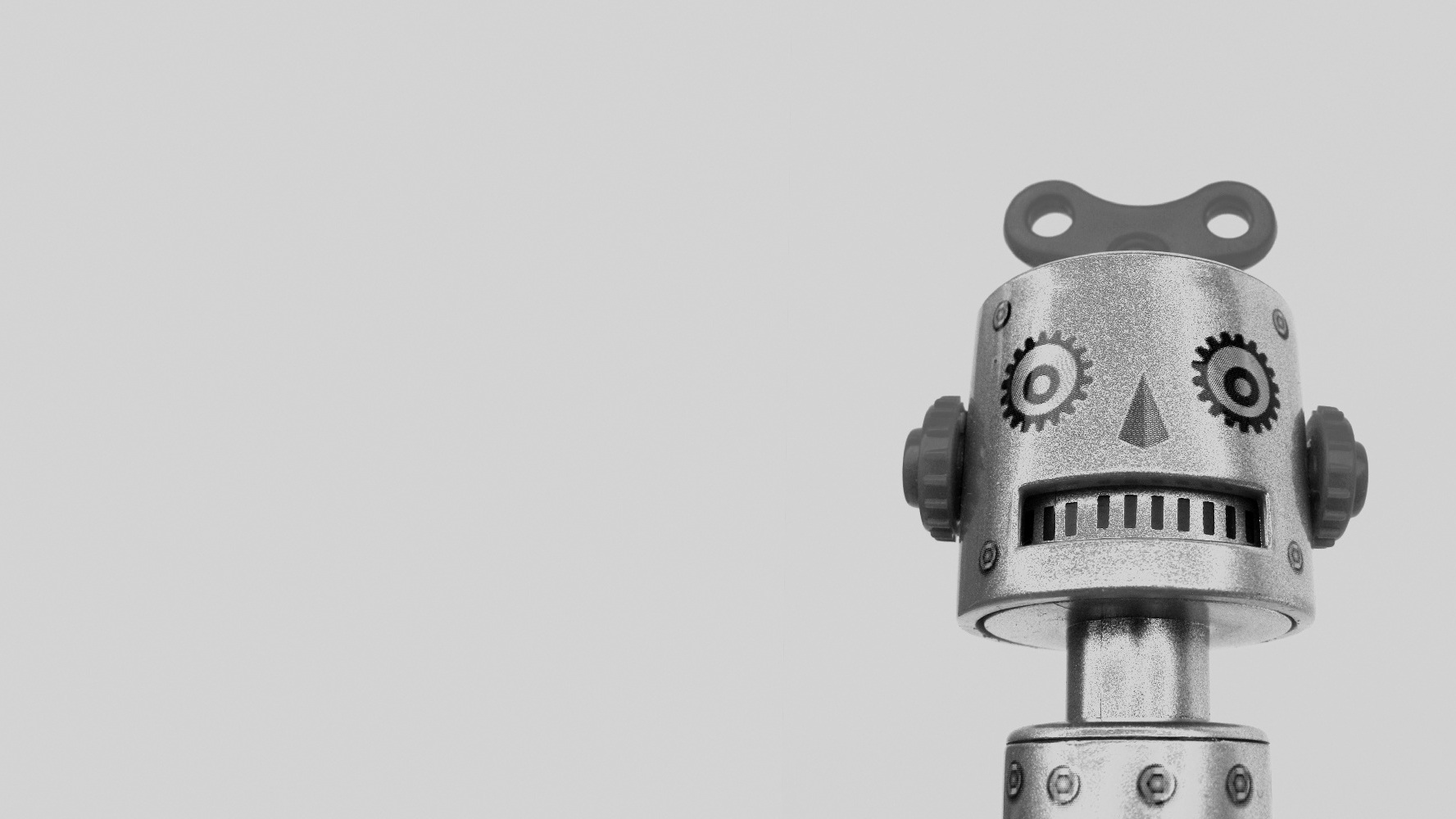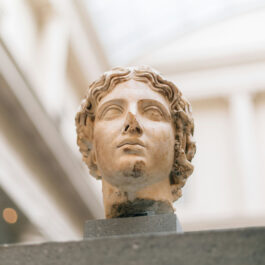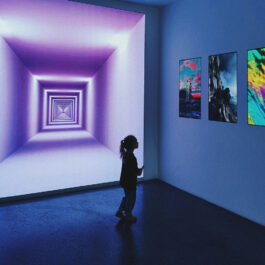“I am Robert Robot, mechanical man. Drive me and steer me, wherever you can.” These were the words uttered by Robert the Robot, a 1954 tin toy robot produced by New York-based Ideal Toy Corporation. Robert was run via a wired remote control, and about half a million units were sold at the time. It was also featured in Popular Science the same year and later had a dedicated Toy Tune LP. Today, Robert is one of the staples of any vintage toy robot collection, with several dedicated fan pages on the web.
Why this success? The concept behind manmade companions dates back to mythology, and across the centuries different mechanical automata have been created all over the world – often in connection with watchmaking, such as the movable figurines we can still see in ancient clock towers. With developments in mechanical – and later electrical – engineering brought on by the industrial and technological revolutions, the modern concept of the robot developed further.
At the beginning of the 20th century, Czech playwright Karel Capek’s science-fiction play R.U.R. saw the word “robot” mentioned for the first time (deriving from the Czech “robota”, servitude). Soon after, Fritz Lang’s Metropolis introduced the concept of humanised robots to popular culture.
It was only with Isaac Asimov’s “Three Laws of Robotics”, however, presented in his short story Runaround in 1942, that the idea of a “thinking machine” gained wide appeal, and all the while similar interrogatives were being raised by scientists like Alan Turing and Norbert Wiener. In the 1940s, as Asimov contributed several robot stories to Astounding Science-Fiction and Amazing Stories (influential science fiction magazines of the time), the first toy robot appeared in Japan: its name was Lilliput, a boxy, yellow-and-orange clockwork robot that walked and moved its arms. Soon, U.S.-manufactured toy robots followed, with Robert the Robot conquering the market in 1954.
As robots became more and more humanised in popular culture, consumer electronics designs developed in parallel. Advancements in engineering inspired man’s conquest of space, and the design of tin toys gradually evolved from boxy to rounded.
The 1956 movie Forbidden Planet saw the advent of another Robert, namely Robby the Robot, with more curved features, which was mimicked in several other movies and eventually went on to inspire a plethora of toy robots – all at a time when the space race was launching mankind into the future.
The most iconic toy robots of the time were made by Japanese manufacturers Nomura, Yonezawa, Horikawa and Yoshiya, American Marx (also through his Linemar subsidiary in Japan) and Ideal Toy Corporation, such as the “easel back” robots by Yonezawa and Marx/Linemar.
Robots In Pop Culture
Humanised robots also appeared prominently in the ‘60s cult series The Twilight Zone, where their relationship to humans was explored in a variety of scenarios. As the years passed, building on a trend which started in the mid-’50s, toy robots started to incorporate plastic elements and then, subsequently, to be formed entirely out of plastic. This was less expensive to produce and easier to mould, as well as being more resistant to shock. This was the case, for instance, for many of the Doctor Who-inspired Dalek toys of the ‘60s and ‘70s.
While science-fiction stories of the time pivoted on the thrill of humanised robots overtaking their creators in skill and intelligence – a notion that surely contributed to their fascination – vintage toy robots really bring with them the wonderment of an era in which technology was simpler. A time when robots were friendly, understandable and somehow subdued by generations of kids taking them apart to see how they worked.
As today’s children grow up with less intelligible smartphones and their personal assistant apps, and a world where robots clean floors, mow the lawn or work in home appliance stores and banks, and drones are a daily sight, that feeling might only survive through vintage robot items.
Start Your Own Collection
Indulge in nostalgia with an Amazing Stories poster, a reproduction of Lilliput, or look into original tin toy robots from family-run Japanese company Metal House, one of Horikawa’s major contractors. If you’re interested in starting a vintage tin toy robots collection, browse through Matt Wyse’s Sotheby’s catalogue to discover la crème de la crème of tin toy robots.
Article by Livia Formisani











Sorry, the comment form is closed at this time.